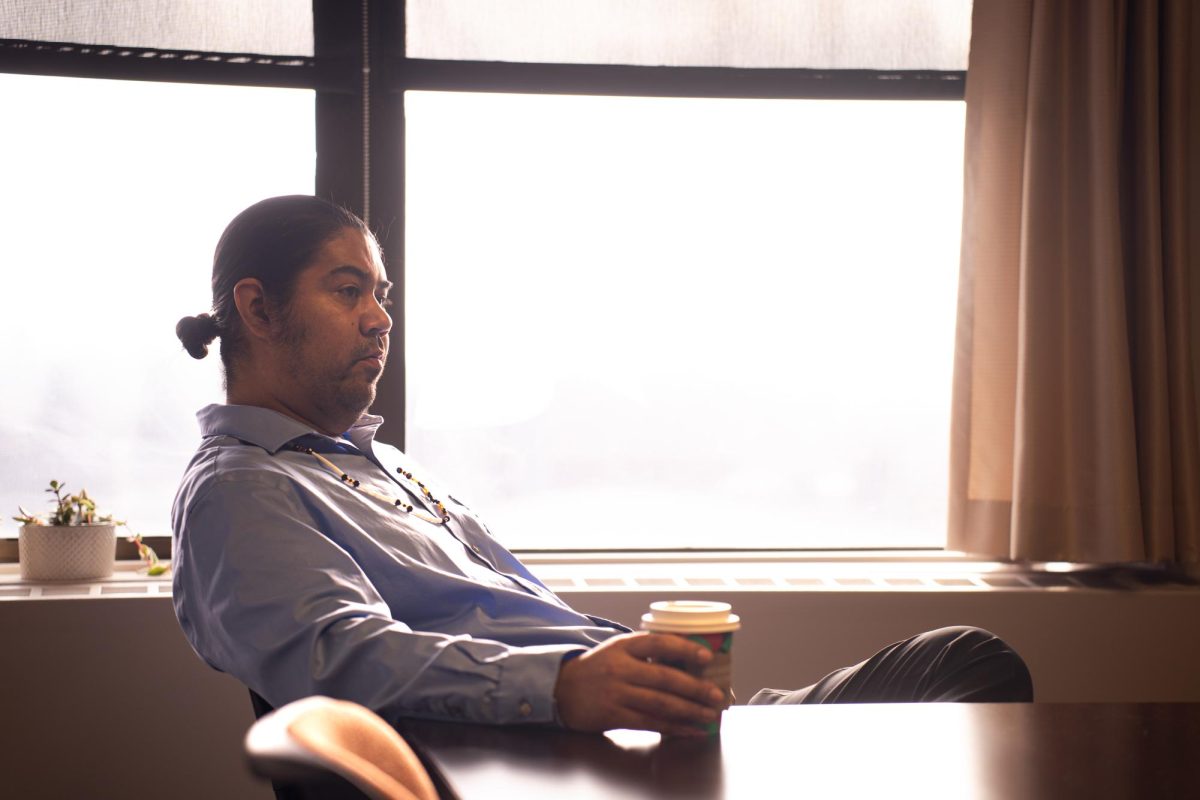While Oregon State University aims to honor the Kalapuya Tribe as a land grant university, many don’t know the history of the Kalapuya and its significance to OSU.
OSU is on Kalapuya land, so let’s dive into the history and spirituality of the Kalapuya Tribe.
David Lewis, professor of anthropology and Indigenous studies at OSU, said there are around 50,000 generations of Western tribes that came before recorded history.
Lewis believes he may be the first faculty at OSU who is of Kalapuya descent.
The tribes of the Grande Ronde Community of Oregon currently includes over 30 tribes from western Oregon, northern California and southwest Washington.
These include tribal bands from the Kalapuya, Molalla, Chasta, Umpqua, Rogue River, Chinook and Tillamook, where the Kalapuya is located today.
Religion for the Kalapuya Tribe included spiritual events for birth, puberty, marriage and death, according to the Five Oaks Museum. Each band of the Kalapuya had their own helper spirits, monsters and shamans or religion leaders.
However, Lewis said that since most Kalapuya descendants are intermixed with other tribes and people, there is little pure Kalapuya culture represented.
“For those few who do practice their spirituality, they believe in ancestor spirits and seek to steward the land for the future of the people, animals, fishes and plants,” Lewis said. “Many Kalapuyans are working to restore some language and culture and to familiarize themselves with their traditional territories.”
“The World of the Kalapuya,” a book by Judy Rycraft Juntunen, May Dasch and Ann Bennett Rogers, OSU alumna, published in 2005, aims to paint a picture of the spirituality of the Kalapuya.
For Kalapuyans, guardian spirits brought protection, luck, wealth, longevity, strength and health. For children nearing adulthood, there would be a quest to find their own guardian spirit.
In Kalapuya spirituality, a shaman was the spiritual leader of the Kalapuya band. They were believed to have supernatural powers to cure sickness, see the dead and solve members’ problems, according to the book. Successful shamans were rich and celebrated.
However, they had to pick and choose their cases because if a shaman failed, the surviving family would kill them in retribution, the book states.
Another part of spiritual life was the sweatlodge, in which they believed the steam purified their bodies and spirit to cure sickness and prepare for ceremonious events and hunting. Sweatlodges would be built near a river or stream and built of hazel sicks, plant matter, mud and dirt.
Similarly to shamans, members of Kalapuya bands decorated for ceremonies with river otter pelts, pileated woodpecker scalps and huge feathers of the bald eagle. Wing and tail feathers of the northern flicker were crafted into masks for ceremonial dances that honored girls’ passage into womanhood.
As for musical spirituality, ceremonial dances included important musical instruments such as gongs, drums, rattles and bells, the book states.
Objects of spiritual significance included large clubs of whalebone shaped like paddles. Likely not carved by the Kalapuya but traded from other tribes along the Columbia River or Oregon coast, the handles of the clubs were polished and designed after animals, such as a head of a bird.
Each milestone of life in the Kalapuya band was marked by special ceremonies and practices.
At birth, children were born with the assistance of a midwife and or the husband of the mother. Babies would be named at a formal ceremony where gifts were given to the family. The child’s name was often chosen to honor the memory of past relatives, normally chosen by the grandparents on the mother’s side of the family.
For marriage, a grand ceremony filled with feasting and dancing. Oftentimes, the bride and groom were from different bands or tribes. Some bands allowed men to have more than one wife.
As Kalapuya people died, their bodies were prepared in a specific manner, and graves were filled with clothing and personal objects, pendants, beads and more for the person’s new home, states the book.
Kalapuya believed after death, the person’s heart traveled west across the ocean to the land of the dead. However, through the dead left to the land of the dead, they remained in the world of the living through spirit, visiting people in their dreams.
As for ways that OSU students could go about further understanding the Western Oregon tribes, Lewis believes students can work on understanding the histories of the tribes and work on throwing out stereotypes of Native peoples.
“Taking Indigenous studies classes can be helpful for all of this but picking up books by Native authors can teach many people a lot about who we are as indigenous peoples,” Lewis said. “And then when they know more about Native people they may be able to contribute to restoration and decolonization activities to help the land which is suffering from overdevelopment.”
Kaku-Ixt Mana Ina Haus aims to support the cultures of the Indigenous community whose land and waters OSU sits on and educates the public on local tribes.
For anyone who wants to learn more, The Five Oak museum has many of the graphics from the “This IS Kalapuya Land” exhibition on their website and Lewis plans to teach a Kalapuya Studies course next fall.














































































































